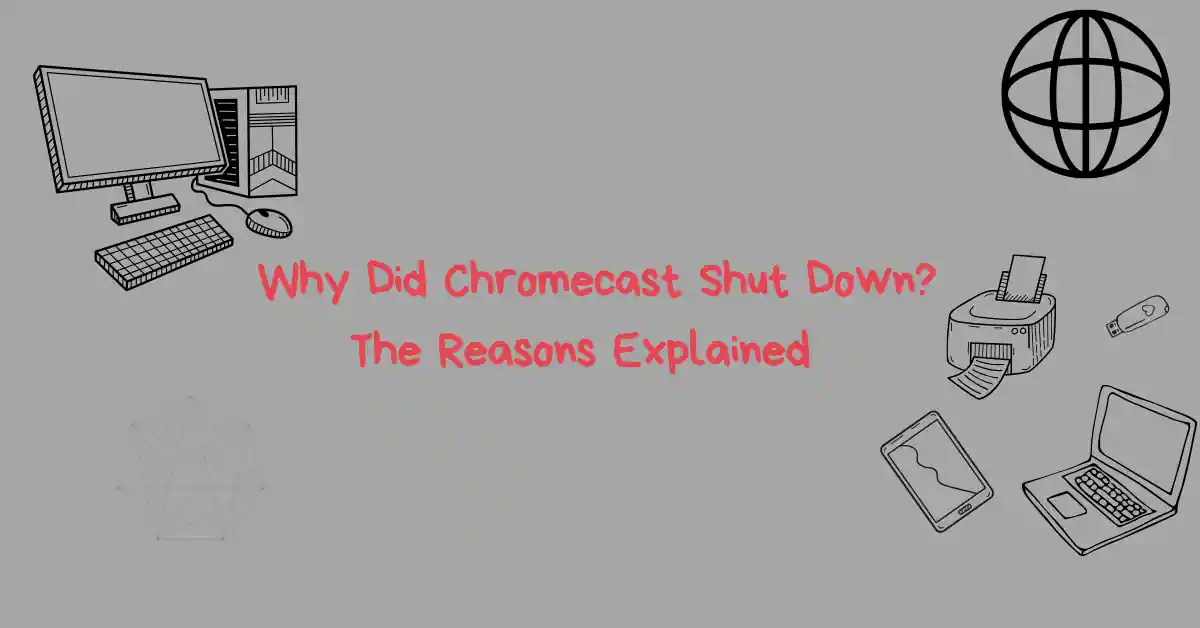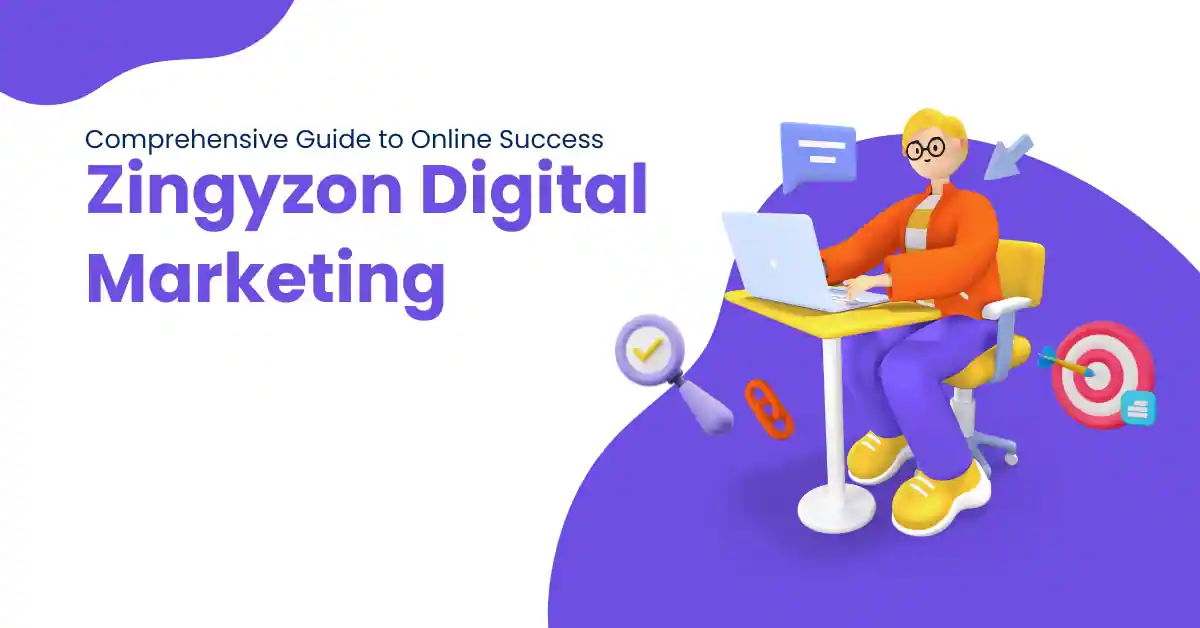Why did Chromecast shut down? This is a question many tech enthusiasts and users of the popular streaming device have been asking. Chromecast was once a groundbreaking device, offering a simple and affordable way to stream content directly from your phone to your TV. However, over time, it quietly disappeared from the market, leaving many to wonder what led to this decision. In this article, we’ll dive into the reasons behind why Google decided to shut down Chromecast and explore the changes in the streaming industry that may have influenced this move.
Table of Contents
ToggleThe Rise and Popularity of Chromecast
Chromecast’s rise to popularity was impressive, reaching millions of homes globally. But what exactly made it so special?
Chromecast’s Simple Functionality
One of the main reasons behind Chromecast’s success was its simplicity. Setting it up was a breeze: plug in the device, connect it to Wi-Fi, and cast from your device. It required no complex menus or setup screens. Users could easily stream content from popular services like YouTube and Netflix right from their phones.
Chromecast’s Impact on Streaming
Before Chromecast, streaming content on a TV often required complex and expensive devices. Chromecast made this process accessible and affordable, allowing people to turn any TV with an HDMI port into a “smart” TV. It wasn’t just a gadget; it was a streaming revolution that brought modern TV viewing to everyone.
Reasons Behind Chromecast’s Shutdown
One of the biggest questions surrounding the end of the Chromecast service is: why did Chromecast shut down in the first place? The reasons are both technological and market-driven.
Technological Advancements in Streaming
Over the years, streaming technology advanced rapidly. With newer devices offering more powerful features, Chromecast’s simple “casting” approach started to feel limiting. Users began to expect more from their streaming experience, looking for devices that could do more than just cast content.
Shift to Smart TVs and Integrated Streaming
As smart TVs became the norm, they began to include built-in apps that could connect directly to streaming services. This shift meant that Chromecast was no longer as essential since many TVs could now perform the same functions on their own. Smart TVs offered an all-in-one experience that didn’t require an additional casting device.
Chromecast vs. Smart TV Capabilities
Chromecast operated entirely through a second device, like a phone or tablet. Meanwhile, Smart TVs provided a full, built-in interface along with a traditional remote. For many users, this was a more convenient and familiar way to stream, which made Chromecast seem less appealing by comparison.
The Role of Competitors in Chromecast’s Decline
With competitors like Amazon Fire TV and Roku offering complete streaming ecosystems, why did Chromecast shut down and allow these competitors to take over?
Amazon Fire TV and Roku
Amazon’s Fire TV and Roku brought a complete streaming ecosystem to users, including app stores, voice control, and a more integrated user experience. These features appealed to users who wanted a more robust streaming solution that could handle everything from apps to live TV in one place.
Apple TV and Its Ecosystem
Apple TV provided a premium streaming experience, especially for those already invested in the Apple ecosystem. It offered seamless integration with other Apple devices, which was a strong selling point for those looking for high-quality content and a consistent user experience.
How Google Shifted Its Focus in the Streaming World
In 2020, Google launched the Chromecast with Google TV. This shift was a response to the question: why did Chromecast shut down the original version?
The Launch of Chromecast with Google TV
In 2020, Google introduced Chromecast with Google TV, a significant upgrade from the original device. This new version came with a remote, a full Google TV interface, and the ability to install apps directly on the device. Chromecast with Google TV provided a complete streaming experience and met the demands of users who wanted more from their streaming device.
The Focus on Google’s Software Experience
Chromecast with Google TV showed that Google was moving towards a software-centric approach, with features like Google Assistant, personalized recommendations, and an on-screen interface. This shift represented Google’s new focus on delivering a complete streaming experience rather than just a simple casting device.
User Reactions to Chromecast’s Shutdown
For many loyal users, the end of Chromecast marked the end of an era. Reactions varied, from nostalgia to excitement for Google’s new direction.
Nostalgia and Sentiment Towards Chromecast
Long-time Chromecast fans expressed nostalgia over the device’s discontinuation, as it was one of the first affordable ways to transform their TVs into streaming hubs. Its simplicity and ease of use made it a favorite for many, and its departure felt like the end of a streaming chapter.
Adaptation to New Devices
While some users were sad to see Chromecast go, others quickly adapted to newer devices that offered even more features. Google’s new Chromecast with Google TV, along with other devices on the market, provides enhanced functionality that users have generally welcomed.
Lessons Learned from Chromecast’s Shutdown
Chromecast’s story offers valuable insights into how quickly technology evolves and how companies must adapt to meet consumer demands.
Innovation in Streaming Devices
The transition from the original Chromecast to more advanced streaming devices highlights the fast pace of technology change. Google realized that to stay relevant, they needed to evolve Chromecast into a device that could deliver a richer, more comprehensive streaming experience.
Adapting to Changing Technology Trends
As technology moves forward, companies need to shift with consumer preferences and trends. Chromecast’s journey shows the importance of innovation and flexibility in a rapidly changing tech landscape.
Conclusion
In conclusion, why did Chromecast shut down? The answer lies in evolving technology and changing consumer demands. As smart TVs became more advanced and streaming platforms integrated more features, the simple casting function of Chromecast became less relevant. Google’s shift to Chromecast with Google TV reflects their response to these changes, offering a more robust streaming experience. While the original Chromecast is no longer available, its legacy lives on in how we stream content today. Understanding why Chromecast shut down helps us see the bigger picture of how streaming devices continue to evolve.
FAQs
1. What was Chromecast’s original purpose?
Chromecast was designed to make streaming to TVs simple by allowing users to cast content from their mobile devices directly to the TV screen.
2. When did Google discontinue the original Chromecast?
Google began phasing out the classic Chromecast in the early 2020s, with a focus on Chromecast with Google TV as the primary streaming device.
3. Are there still options to cast content with Google devices?
Yes, Chromecast with Google TV and many Android devices still support casting. Casting technology is also integrated into many modern smart TVs.
4. What’s the difference between Chromecast and Chromecast with Google TV?
Chromecast was a simple casting device, while Chromecast with Google TV offers a full interface, remote control, and access to Google TV.
5. Will Google release more Chromecast devices?
While future plans are unclear, Google seems committed to enhancing Chromecast with Google TV and developing its streaming platform to meet modern demands.




